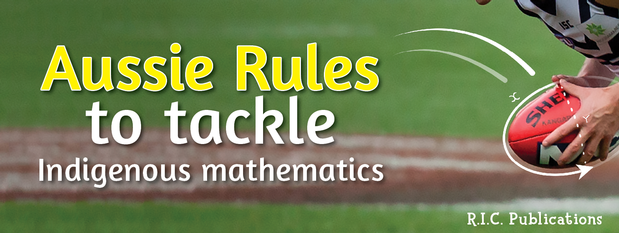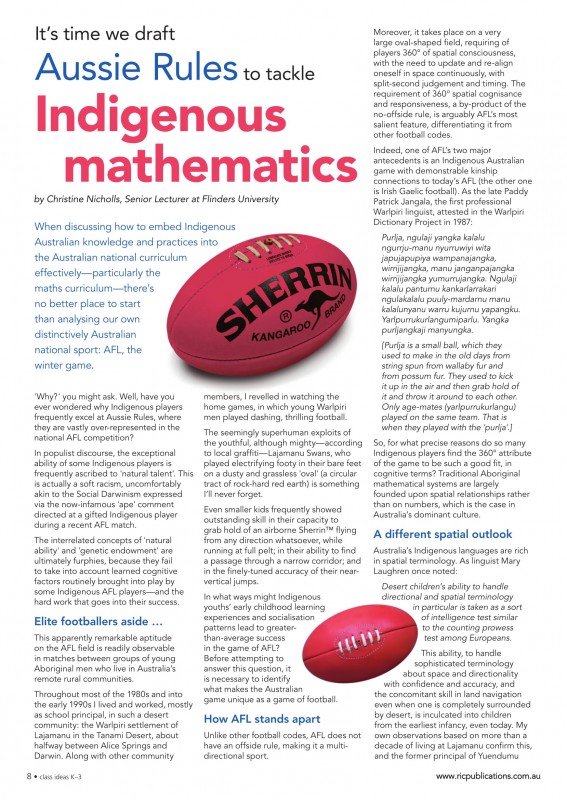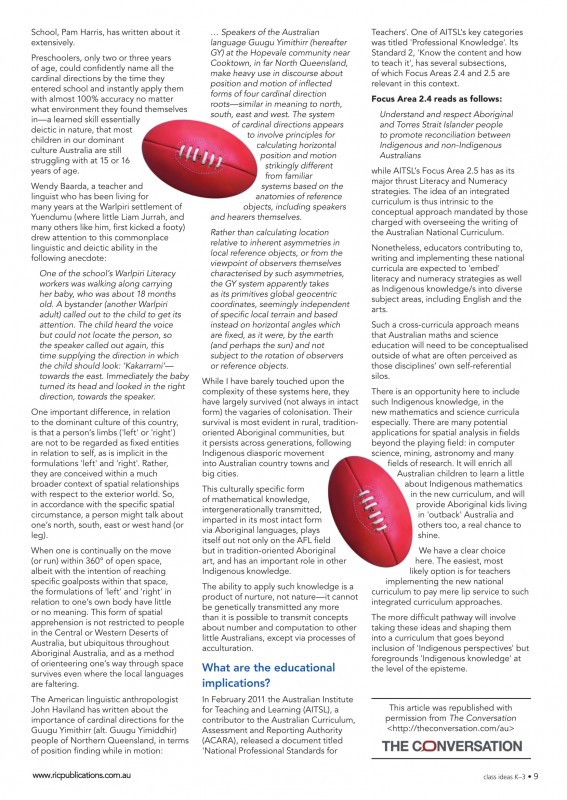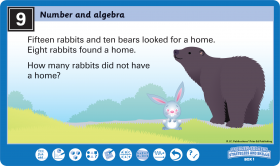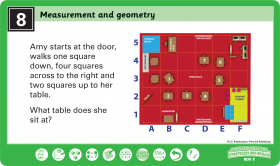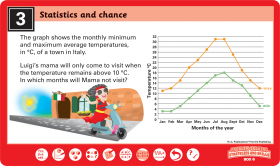- Wednesday 20 September 2017
- 0 Comments
by Christine Nicholls, Senior Lecturer at Flinders University
When discussing how to embed Indigenous Australian knowledge into the Australian national curriculum effectively—particularly the maths curriculum—there's no better place to start than analysing our own distinctively Australian national sport: AFL, the winter game.
'Why?' you might ask. Well, have you ever wondered why Indigenous players frequently excel at Aussie Rules, where they are vastly over-represented in the National AFL competition?
How AFL stands apart
Unlike other football codes, AFL does not have an offside rule, making it a multi-directional sport. Moreover, it takes place on a very large oval-shaped field, requiring of players 360 degrees of spatial consciousness, with the need to update and re-align oneself in space contiguously, with split-second judgement and timing. The requirement of 360 degrees spatial cognisance and responsiveness, a by-product of the no-offside rule, is arguably AFL's most salient feature, differentiating it from other football codes.
Traditional Aboriginal mathematical systems are largely founded upon spatial relationships rather than on numbers, which is the case in Australia's dominant culture.
A different spatial outlook
Australia's Indigenous languages are rich in spatial terminology. As linguist Mary Laughren once noted:
Desert children's ability to handle directional and spatial terminology in particular is taken as a sort of intelligence test similar to the counting prowess test among Europeans.
This ability, to handle sophisticated terminology about space and directionality with confidence and accuracy, and the concomitant skill in land navigation even when one is completely surrounded by desert is inculcated into children from the earliest infancy, even today.
When one is continually on the move (or run) within 360° of open space, albeit with the intention of reaching specific goalposts within that space, the formulations of 'left' and 'right' in relation to one’s own body have little or no meaning. This form of spatial apprehension is not restricted to people in the Central or Western Deserts of Australia, but ubiquitous throughout Aboriginal Australia, and as a method of orienteering one’s way through space, survives even where the local languages are faltering.
What are the educational implications?
The Australian Curriculum sets consistent national standards to improve learning outcomes for all young Australians. ACARA acknowledges the gap in learning outcomes between Aboriginal and Torres Strait Islander students and their non-Indigenous peers. It recognises the need for the Australian Curriculum to provide every opportunity possible to ‘close the gap’.
- that Aboriginal and Torres Strait Islander students are able to see themselves, their identities and their cultures reflected in the curriculum of each of the learning areas, can fully participate in the curriculum and can build their self-esteem
- that the Aboriginal and Torres Strait Islander Histories and Cultures cross-curriculum priority is designed for all students to engage in reconciliation, respect and recognition of the world’s oldest continuous living cultures.
This article was republished with permission from The Conversation. Read the full article here.
Curriculum education was taken from the ACARA website.
Click on the images below to download this full article as a PDF.
